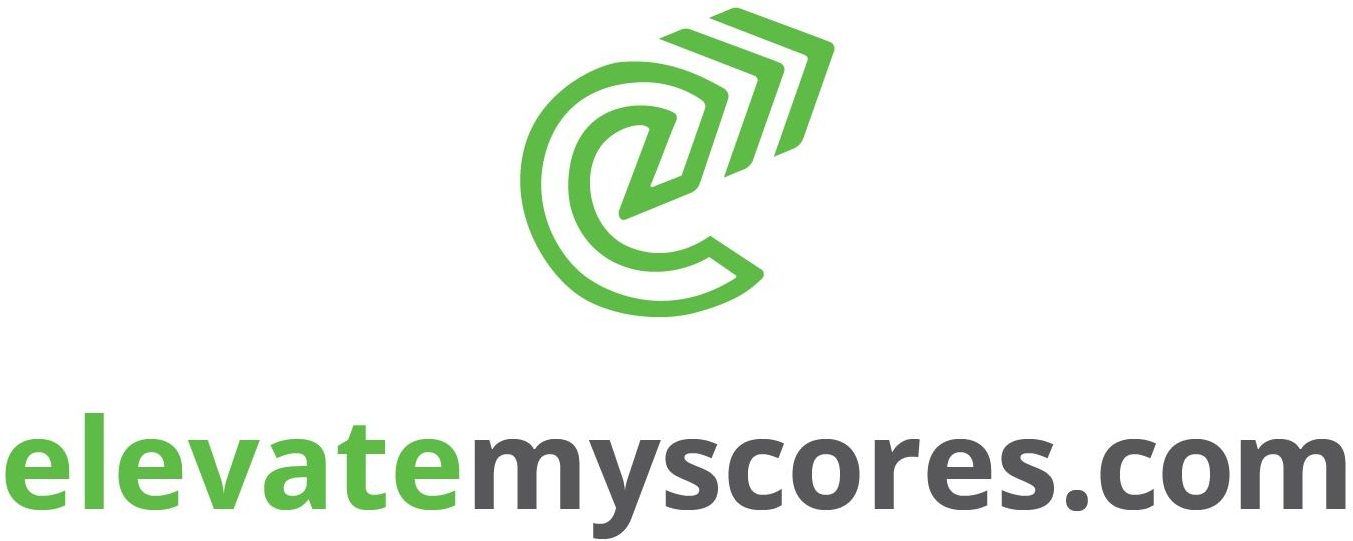Identifying Credit Information
Once you get a copy of your credit report, it’s important to know how to read it. There are going to be an awful lot of numbers, abbreviations and terms you’ve never seen before. Trade lines, charge-offs, account review inquiries — how do you read this thing?
Even though you get one free credit report each year, we suggest that if you are serious about improving your credit score, you need to examine a report from each of the three major credit reporting agencies. This is the reason we recommend to keep a credit monitoring account that refreshes your scores and report details at least every 45 days.
Why do they suggest you have all three? Creditors can pick and choose which credit reporting agency they want to report to. Some will report to all three, but many won’t. You may find that what is included on one report isn’t on another. The reports will have different information because it’s a voluntary system, and creditors subscribe to whichever agency they want — if any at all.
A credit report is basically divided into four sections:
- Identifying Information
- Credit History
- Public Records
- Inquiries
In this series of ‘Reading your credit report’ we explore these four sections broken into seven different parts.
Identifying information is just that — information to identify you. Look at it closely to make sure it’s accurate. It’s not unusual for there to be two or three spellings of your name or more than one Social Security number. That’s usually because someone reported the information that way. The variations will stay on your credit report. If it’s reported wrong, leave it because it might mess up the link. Don’t be concerned about variations.
Other information in this section might include your current and previous addresses, your date of birth, telephone numbers, driver’s license numbers, your employer and your spouse’s name. The data in this section is often used to verify your identity or to confirm that the information you provided for an application is accurate. Small variations in this data between the three bureaus are normal as each agency may have their own recording procedures.
The personal information section of your credit report may also include a “consumer statement.” This is a statement that you asked the credit reporting agencies to add to your report. Commonly, this statement is used to explain a record on your report.
For example, “The Jones Bank account from 2009 was a shared account with my ex-husband.” This statement does not impact your credit score but may help you clarify a situation to a potential creditor or lender and improve your chances to obtain credit.
Elevatemyscores.com headquarters are 10101 Southwest Fwy #400A, Houston, TX 77074. The main phone number is 844.663.3867.

1 thought on “Reading your credit report Part 1: Identifying Information”
Comments are closed.